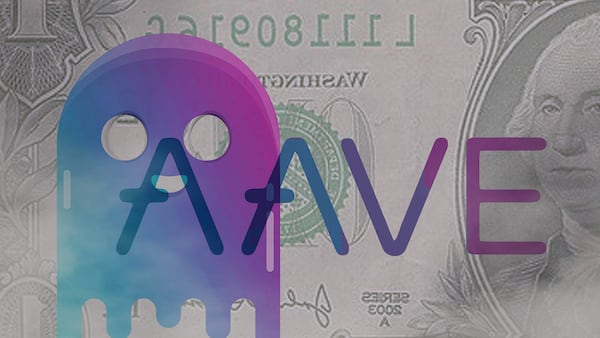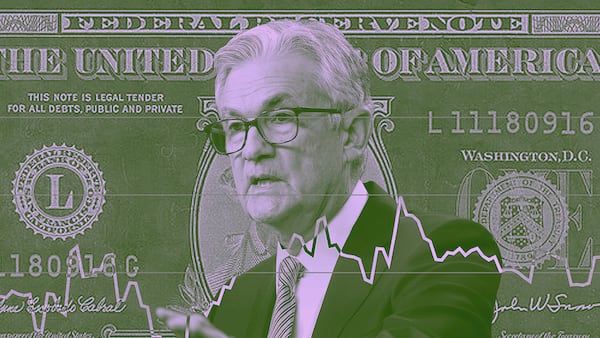- Stablecoins hit $1 trillion in trading volume in January across centralised exchanges.
- The sector’s market value rose to $138 billion in February — still $49 billion less than its peak in May 2022.
- Not all stablecoins benefited from the rising tide equally.
Stablecoins are on the rise.
Stablecoin trading volume on centralised exchanges surged 4.5% to over $1 trillion in January — hitting its highest point since the tail end of the previous bull market, in December 2021, new research from CCData shows.
“Volumes are on track to record a higher total in February,” CCData said, noting that $440 billion in stablecoins had traded on centralised exchanges as of February 16.
Stablecoins are cryptocurrencies designed to stay on par with a government-issued currency like the US dollar. The total market value of stablecoins rose almost 2% in February, to $138 billion, CCData said.
“Acting as a bridge between traditional finance and the digital asset sector, a rise in the supply of stablecoins is often followed by higher trading activity,” Jacob Joseph, research analyst at CCData, told DL News.
“An increase in stablecoin supply also indicates a higher demand for assets, which act as a key counterparty within the DeFi ecosystem,” he added.
However, stablecoin supply is often a lagging indicator, Clara Medalie, head of growth at research firm Kaiko, told DL News. “More stablecoins are issued in response to growing demand for their use in trading.”
The stablecoin market peaked at $187 billion in May 2022, according to DefiLlama data — just before Terra’s algorithmic stablecoin, UST, collapsed and wiped out tens of billions across the crypto ecosystem.
Total stablecoin value then sunk as low as $128 billion in August, and began recovering in October.
Despite the sector’s growth, stablecoin dominance against the rest of the crypto market shrank from 8% to 7% in January — its lowest point since December 2021.
The report attributed the loss of dominance to the rest of the crypto market trending upwards on the back of strong Bitcoin ETF inflows.
Stablecoin wars
.Not all stablecoins benefited equally from the rising tide.
Tether’s USDT, the largest stablecoin by value, rose by 1.2% to over $97 billion in circulating supply, but Circle’s USDC outpaced it by surging 5.3% to $29 billion.
USDT accounted for 75% of stablecoin trading activity on centralised exchanges this month, the report said — a decline from 79% in January and its lowest dominance versus other stablecoins since August.
First Digital Limited’s stablecoin, meanwhile, won market share from TrustToken’s own coin. FDUSD went up more than 12%, to $2.4 billion, while TUSD fell 14% to $1.2 billion. CCData attributed this shift in popularity to FDUSD’s zero-fee trading program on Binance.
FDUSD now accounts for almost 16% of the stablecoin market on centralised exchanges. It has also overtaken Circle’s stablecoin as the second most popular pair for Bitcoin, right behind Tether.
The report also mentioned Ethena Labs’ new USDe.
Unlike the aforementioned stablecoins, USDe isn’t backed one for one by dollar reserves, but by Ether and Ether derivatives. Investors can also lock up their USDe to create a token bearing an annual yield of 27%.
While some investors have been able to mint USDe since December, the project opened up to retail users on February 16. Since then, USDe has risen to $360 million in value, according to CoinGecko data — already making it the 10th largest stablecoin.
Tom Carreras is a markets correspondent at DL News. Got a tip about stablecoins? Reach out at tcarreras@dlnews.com









